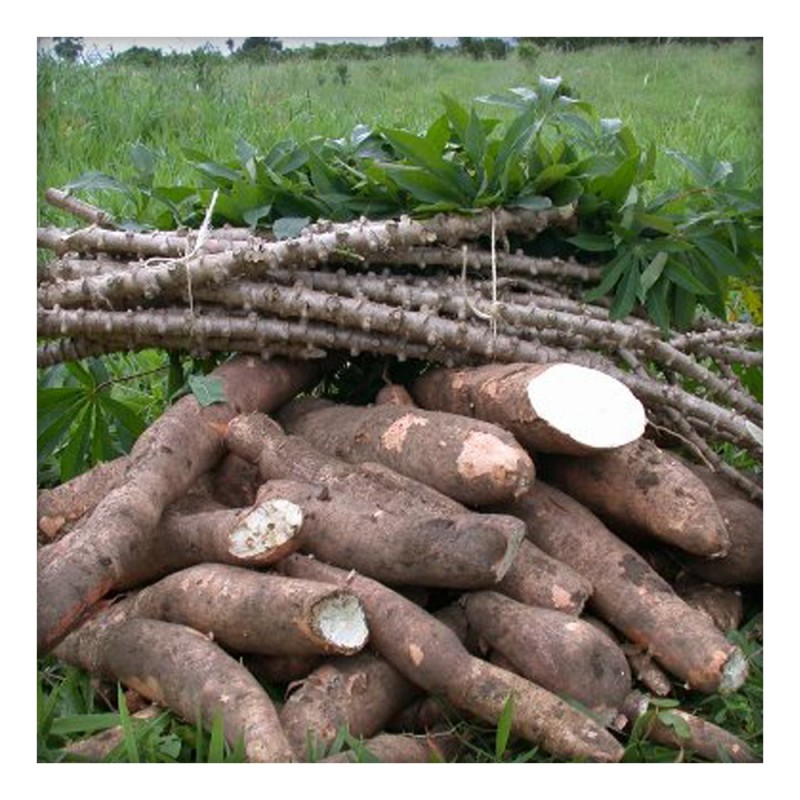Sabudana
Introduction:
Sabudana, or tapioca pearls, is derived from cassava root, a starchy tuber that is native to South America. The history of sabudana traces back to the indigenous cultures of South America, particularly in Brazil, where the cassava plant was domesticated thousands of years ago. From there, cassava spread to other parts of the world, primarily during the colonial period, thanks to European explorers and traders.

Origins and Spread:
Cassava (Manihot esculenta) is believed to have originated in the Amazon basin and was a staple food for indigenous South American tribes. Portuguese and Spanish colonizers introduced it to Africa and Asia in the 16th and 17th centuries.
India encountered cassava through Portuguese explorers during the 17th century. It was initially introduced in the coastal regions of India, particularly in the southern states like Kerala and Tamil Nadu. Over time, it spread to other parts of the country, becoming a staple in the Indian diet.

Arrival and Use in India:
Sabudana production in India began when cassava cultivation spread to Maharashtra and Gujarat. The pearls are made by extracting starch from the root, which is processed into small, white pearls through a drying process.In India, sabudana became particularly popular because it was a starchy, gluten-free alternative to grains, making it a suitable food during religious fasts. In Hindu culture, many fasting days, especially during festivals like Navratri, require abstaining from grains. Sabudana, along with items like potatoes and peanuts, became an ideal food for fasting due to its filling nature and high carbohydrate content.
Integration into Indian Cuisine:
Over time, sabudana was adapted into several Indian dishes. In Maharashtra, it became a key ingredient in snacks like sabudana vada and sabudana khichdi. These dishes are not only popular during fasting periods but are also consumed as regular snacks.In South India, cassava (locally called Kappa) is boiled and eaten with chutneys or used in curries, while in North and West India, the use of sabudana in its pearl form became more prominent.

Why Sabudana Became Popular in Fasting:
Sabudana is ideal for Hindu fasting because it is made from a non-grain source (cassava) and can be consumed during vrat (fasting). Its high carbohydrate content provides energy, making it a filling and sustaining food choice during long fasts, such as those observed in Navratri.The simplicity of sabudana dishes and their versatility in preparation (fried, boiled, or as a porridge) made it a popular and practical choice in Indian kitchens.

Sabudana in Modern Indian Cuisine:
Today, sabudana is a staple in Indian households, especially in Maharashtra, Gujarat, and parts of North India. It has evolved from a fasting food to a regular snack, thanks to its mild flavor and the ability to blend with various spices and ingredients. Dishes like sabudana vada, sabudana khichdi, and sabudana kheer are now enjoyed across India, making it an integral part of the culinary landscape.
Conclusion:
Though sabudana has its roots in South America, its journey through colonial trade routes brought it to India, where it was embraced for its versatility and suitability for fasting. Over centuries, it has become a key ingredient in Indian fasting traditions and is now a beloved part of Indian cuisine.
